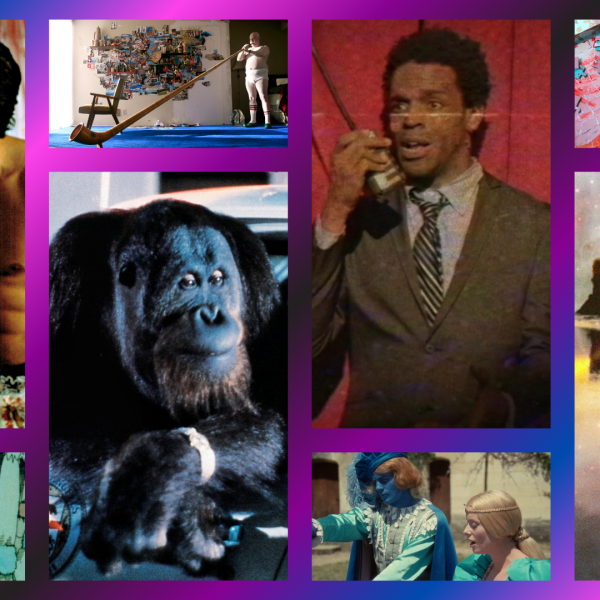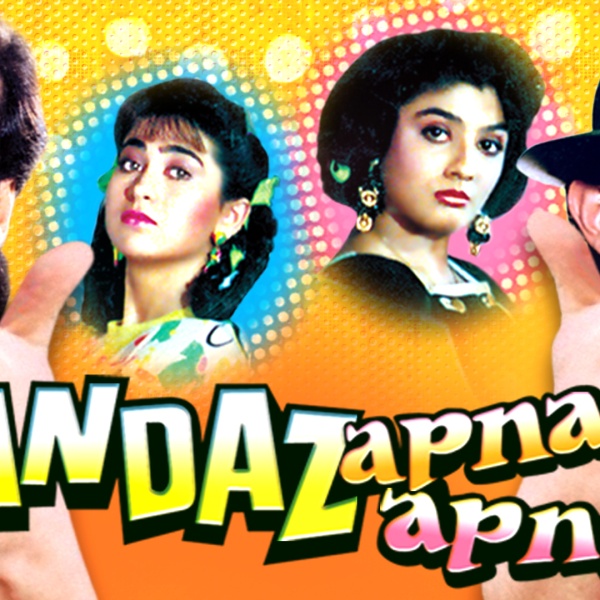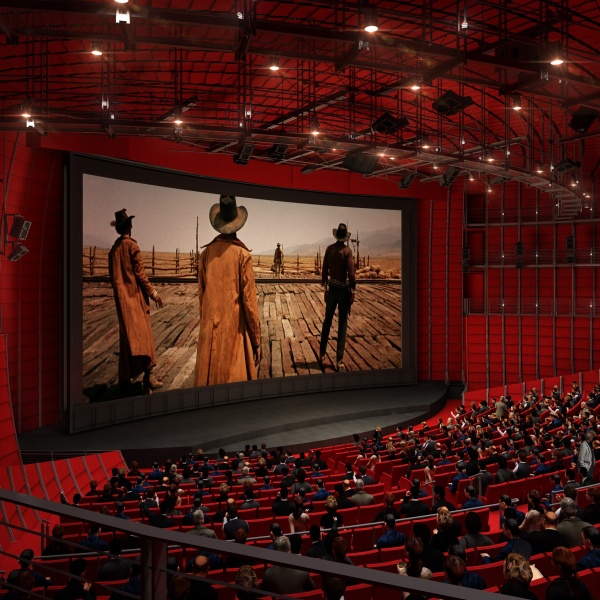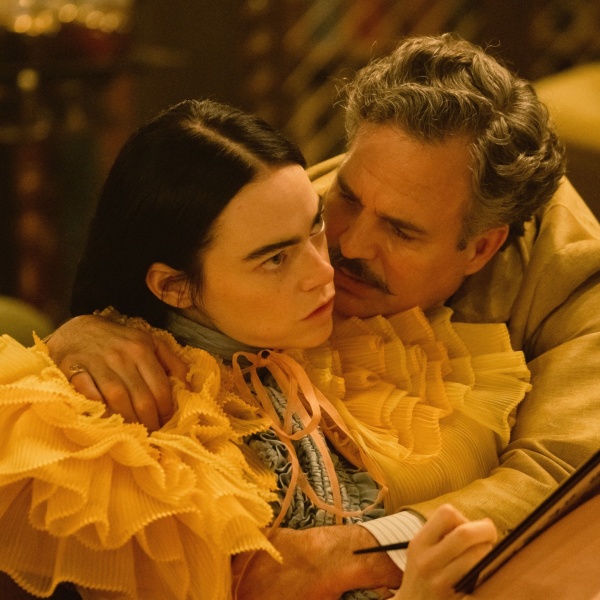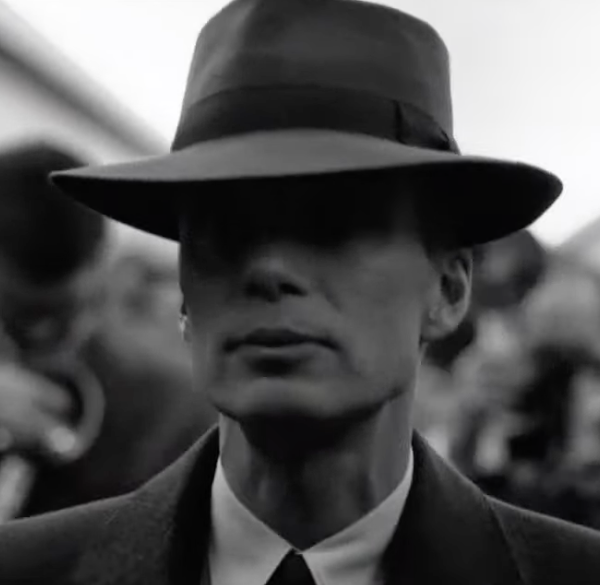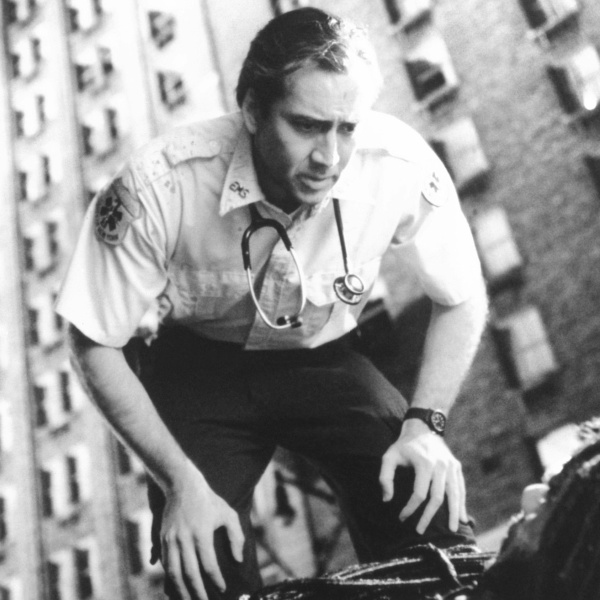Filmmaker Introduces Work-In-Progress 3D Film At Surprise New York Film Festival Screening

What else could it have been? When Monday’s New York Film Festival “secret” screening was announced last week, speculation went into overdrive. Most missed the fact that the picture would be a 2011 release which greatly narrowed down the field. Clint Eastwood‘s “J.Edgar“? The NYFF/Eastwood relationship is a close one, but the picture is already promised to the AFI festival in early November. David Fincher‘s “The Girl With The Dragon Tattoo” was another big theory, but that film’s still in the editing room. That left either Martin Scorsese‘s “Hugo” or one of Steven Spielberg‘s fall pictures, but considering Scorsese already debuted his George Harrison doc this month, it seemed rather obvious, even before the secret was unveiled this afternoon.
Constructed with the utmost meticulous care – much like the pioneer it commemorates – Martin Scorsese’s 3D fantasia “Hugo,” is an enchanting fairy tale, a profoundly affectionate tribute to the giants of cinema and one of his most deeply personal films. In fact, it makes the gangster pictures look almost totally foreign by comparison. “Hugo” melds many of Scorsese’s passions and obsessions, and acts as an unabashed, multi-tiered homage to cinema (its origins and history, his advocacy for film preservation) as well as a tribute to his three daughters. “Hugo” is at times delicate and demonstrates a tender, child-like awe like we’ve never seen onscreen before from this master director. Ravishingly crafted, and a work of wonder that should dazzle and awe audiences of all ages, this is Scorsese at his most delicate and emotional.

While Scorsese himself introduced the film himself, cataloging an inventory of what exactly was unfinished, you could hardly tell and more importantly, it hardly mattered. For the curious, unfinished elements were CGI-bits not fully rendered in the opening, the occasional slice of visible green screen, and a score and 3D not fully rendered, but again, you’d have to be a full-on A/V club nerd to think any of it was a distraction.
Based on Brian Selznick‘s novel “The Invention of Hugo Cabret” and written by John Logan (“The Aviator,” “Gladiator“), “Hugo” stars newcomer Asa Butterfield as the titular character in the story; an orphaned clock keeper and thief, who lives in the walls of a hectic Paris train station. Hugo lives clandestinely inside the station keeping the clock wound and on time, fufiling the job that should be carried out by his drunken uncle (Ray Winstone). Jude Law plays his museum-curating father in flashback and Chloë Grace Moretz plays Isabelle, a young girl that he befriends.
Circumstance and fate intervene one day when Hugo has a run-in with the local toymaker, a sad and bitter man who scolds the lonely boy for stealing his gadgets and trinkets and then, as payment, appropriates Hugo’s most prized possession – his father’s notebook which contains the schematics to build and run an automaton robot. This notebook is Hugo’s last connection to his dearly departed dad, who was killed in a fire five years before. The toymaker turns out to be turn-of-the-century filmmaking pioneer Georges Méliès (the man behind the famous, groundbreaking silent pic “A Trip to the Moon“) played by Ben Kingsley, and Hugo and Isabelle, Méliès god-daughter, have to piece together the connection between the automaton he has stored away in the train station and the heart-shaped key that she was given by her god-mother years ago, in what becomes a fusion of a detective story and an adventure film.
As the watchful and fastidious station inspector, always keeping an eye out for pesky orphans, Sacha Baron Cohen is the film’s main antagonist and an utterly delightful treat: a welcome burst of charming humor throughout. Michael Stuhlbarg, Emily Mortimer, Christopher Lee and Michael Pitt, in a spot-him-if-you-can cameo as one of the Lumière brothers, round out the cast (Johnny Depp reportedly maked a small cameo, but if he’s in there in the crowds somewhere, we didn’t notice him).
If there’s a dealbreaking issue, and it seems to be dividing some already, it’s certainly the pacing. A patient picture that feels like it’s a product of a bygone era, “Hugo” while touching and charming, at almost two hours, is slow to make its point. Featuring a protracted first act, an engaging middle that occasionally sags and a superbly winning third act, it’s a picture that may leave modern-day children scratching their heads. Perhaps Scorsese, like Méliès, is stuck in another era, because children of another time and place would likely have found this film dazzling. 
One thing’s for sure, though. Scorsese knew exactly what he was talking about when he spoke of the immersive power of 3D, and in his hands it is masterful. Each shot is gorgeously composed with a textural spatial sense and an astonishingly impressive depth of field that hits you visually, psychologically and emotionally. Doubly extraordinary is the tactile impression left throughout. While there is CGI here and there, the train station set of “Hugo” is a living, breathing entity that looked like it cost a very pretty penny, to put it lightly. But the money is up there on the screen and from a visual standpoint the film is breathtaking. The contour and textures evinced in Robert Richardson’s cinematography are stunning as are the many wonderfully choreographed moving and tracking shots – one particular camera movement sweeping up through the dusty bowels of the clock tower is simply majestic (even if some computer trickery may have been utilized to pull it off). To the untrained eye it might not be clear why 3D was used outside of a few of the dream-sequence set-pieces, but the humanity conveyed in each shot is subtly impactful, and enhanced by the dimensionality.
“Hugo” may prove to be a divisive film. It’s surely going to win over cinephiles, but there’s still a question about whether its old-fashioned storybook mien will connect with modern-day audiences. However, the patient viewer will be rewarded, especially in the film’s magical finale, which arguably ranks among the most moving and loving sequences Scorsese has ever committed to celluloid. The film hits theaters in its fully completed form right before the Thanksgiving weekend on November 23rd.
